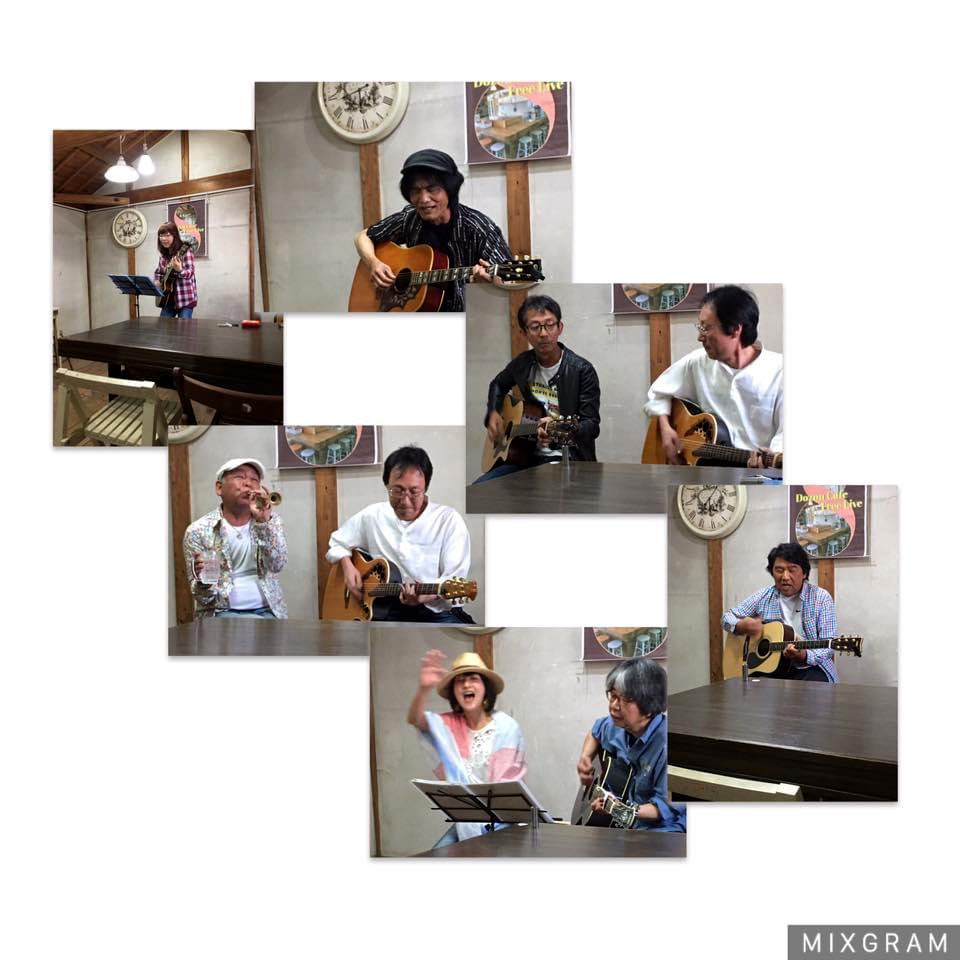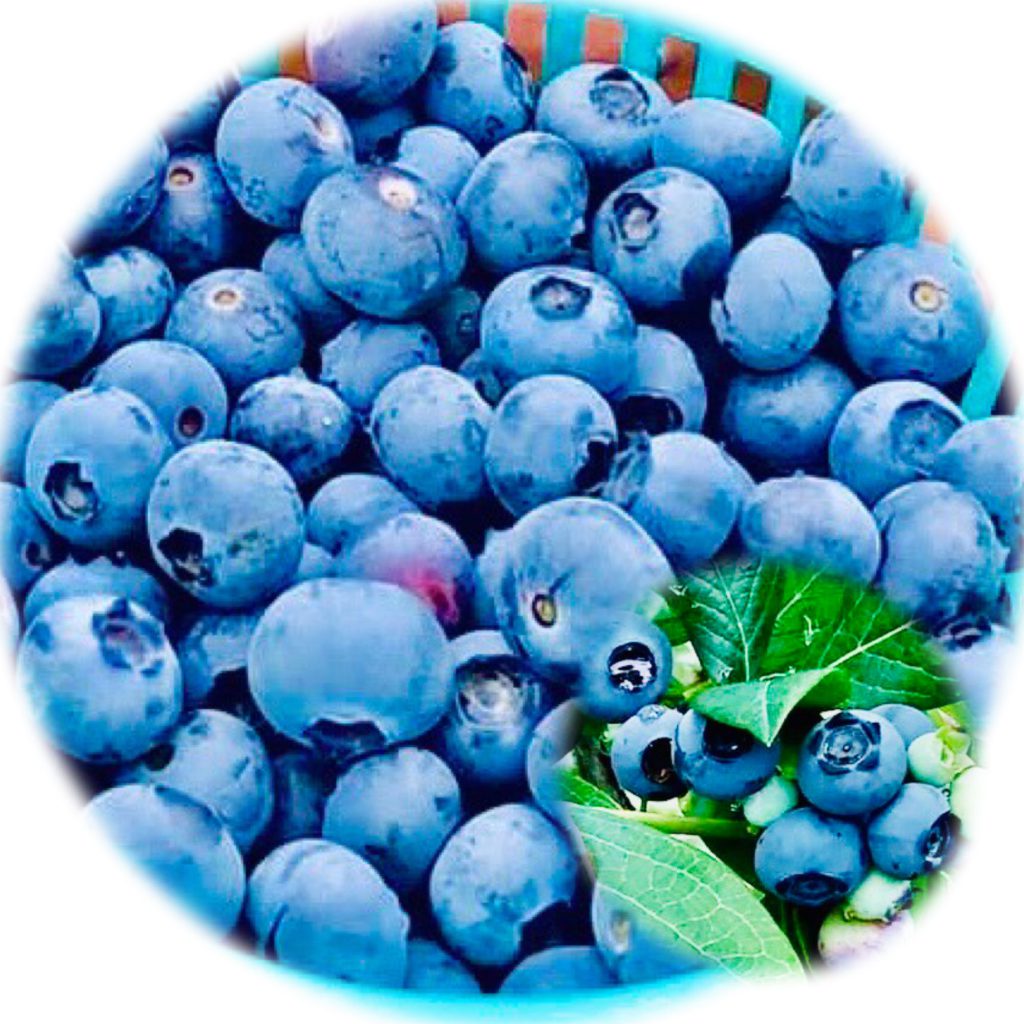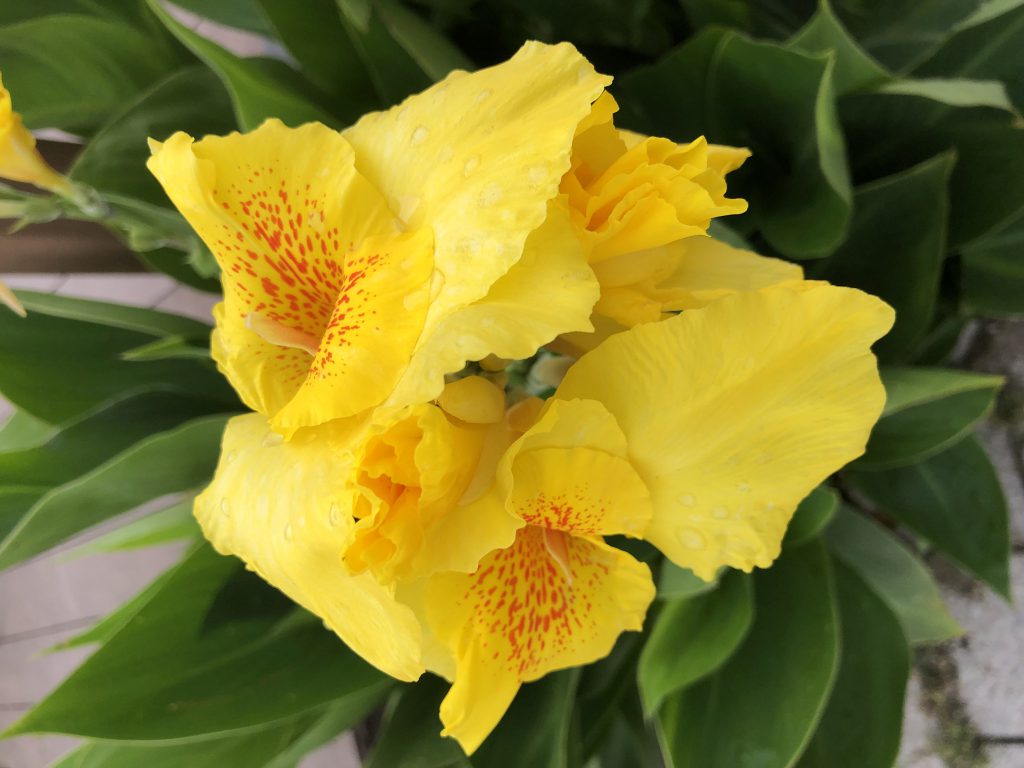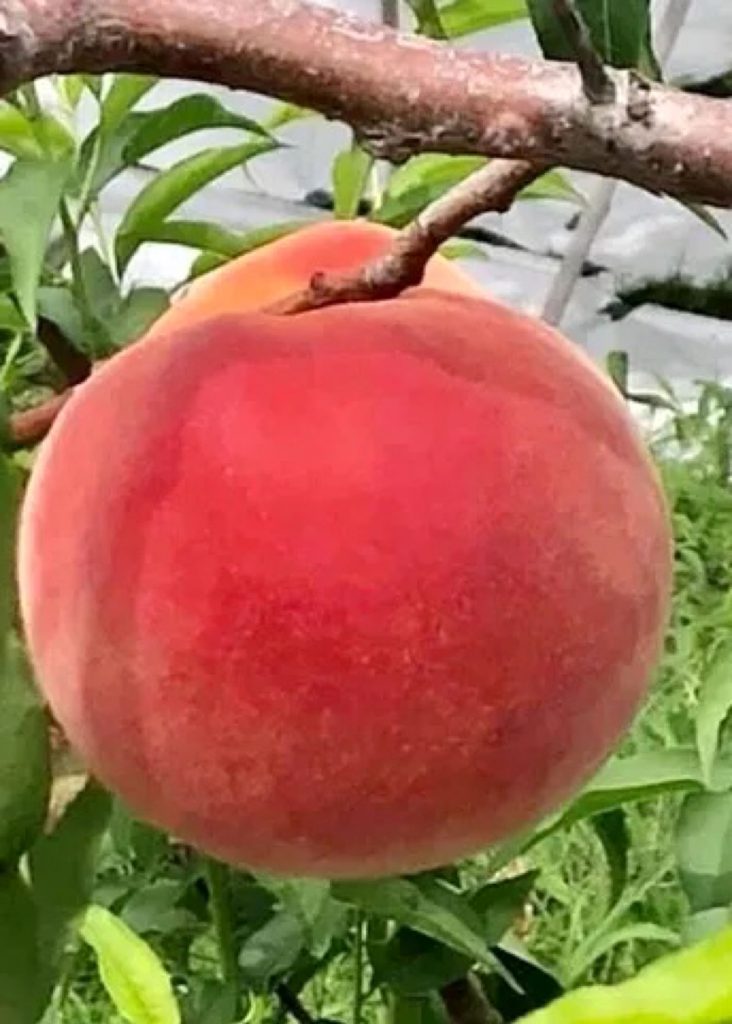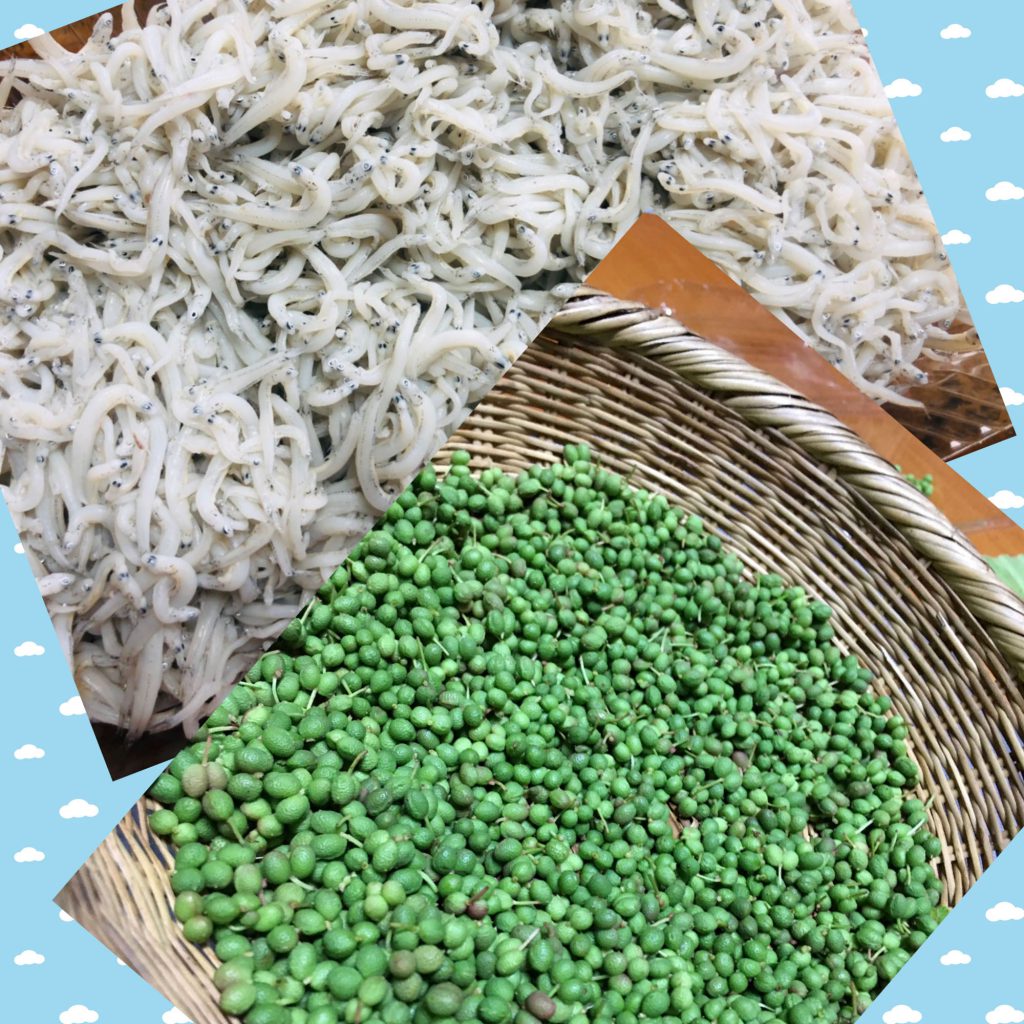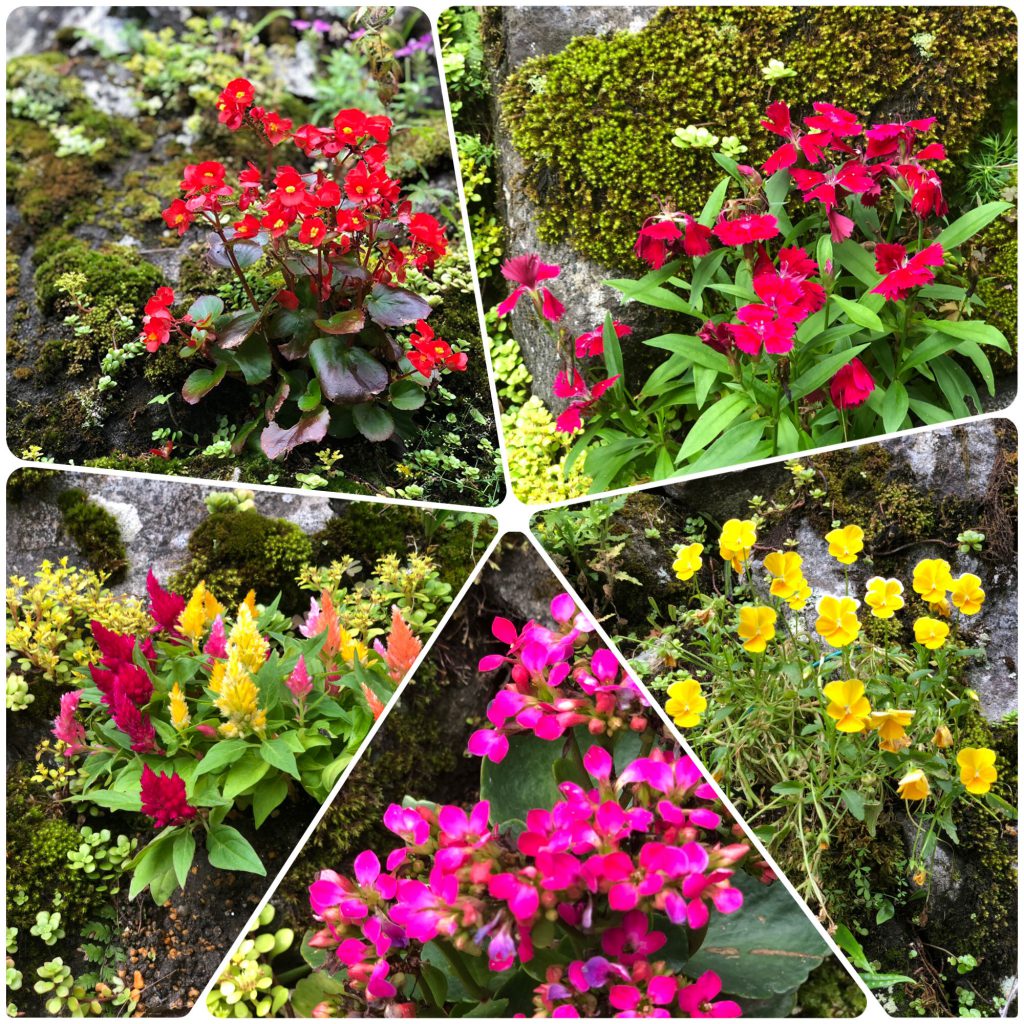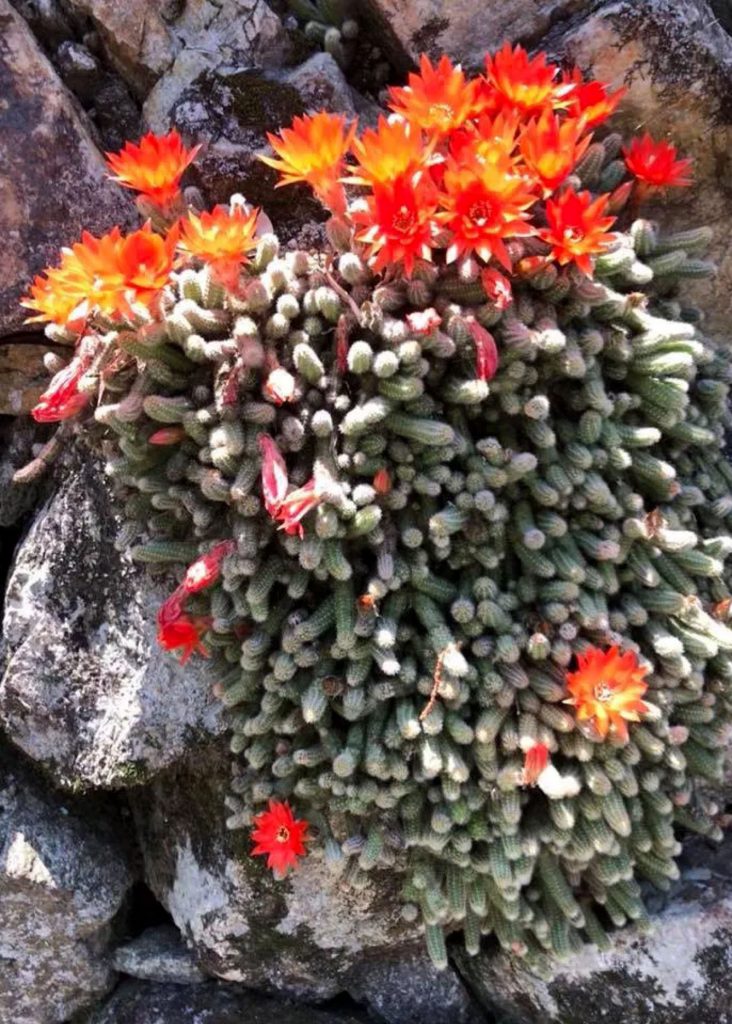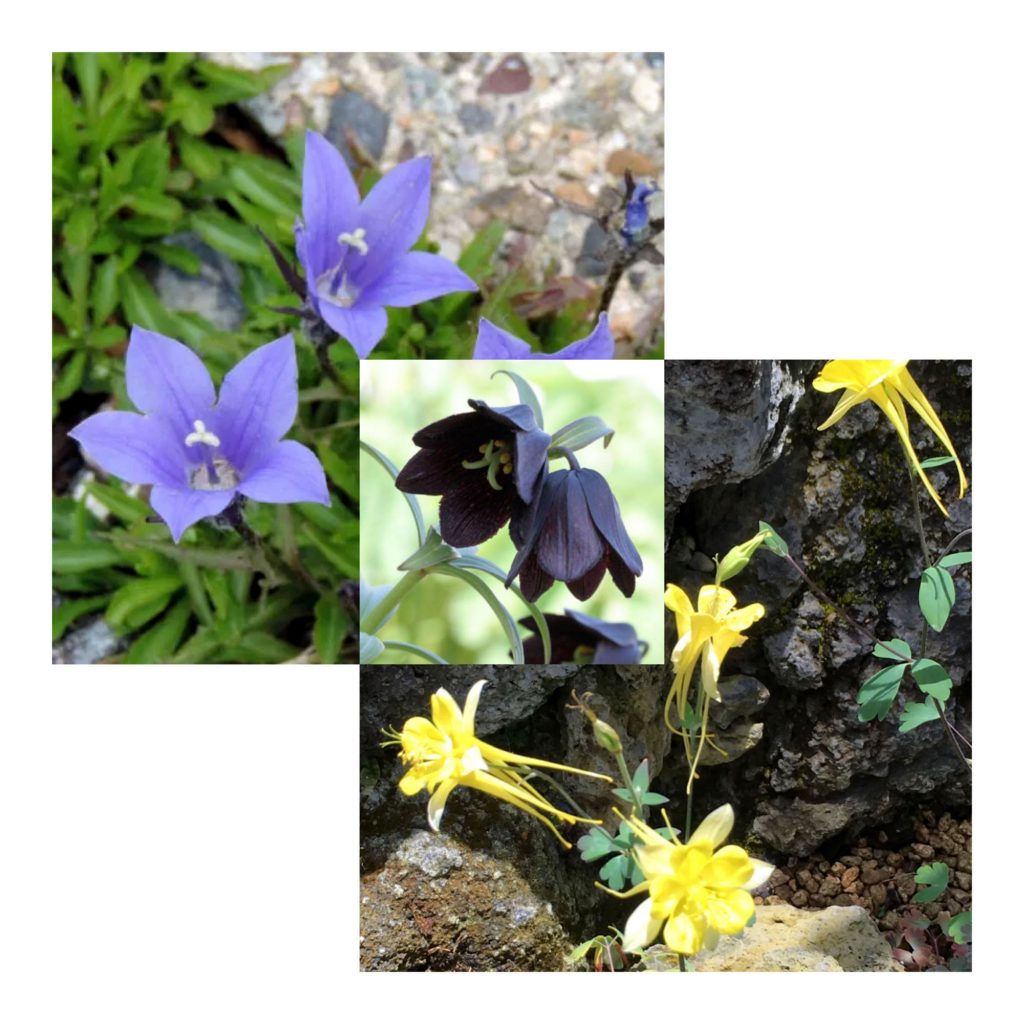
I went shopping on a sunny day during the rainy season. When I am waiting for a signal, I can hear the voice of a cicada. This is the voice of a cicada that I hear for the first time this year. The Tokyo Olympics, which was postponed until this year, is imminent, but the spread of coronavirus infection has not diminished, and it is being held under a state of emergency. The situation is far from a sports festival. It is not a war between countries, but a war between the coronavirus and humankind. In that sense, this Olympics is a wartime Olympics. Does it make sense to hold the Olympics so much? I think it’s okay to cancel it and wait for the next event.
梅雨の晴れ間を縫って買い物に出かけました。信号待ちをしているとセミの声が聞こえてきます。今年初めて聞くセミの声です。今年に延期された東京オリンピックの開催が目前に迫っていますが、コロナウイルス感染の広がりは未だ衰えず、非常事態宣言下での開催です。スポーツの祭典にはほど遠い状況です。国どうしの戦争ではなく、いわばコロナウイルスと人類の戦争です。という意味では今回のオリンピックは戦時下のオリンピックということになります。そんなにまでしてオリンピックを開催する意味があるのでしょうか。あっさり中止して、次回の開催に待つということにしてもいいのにと思います。

